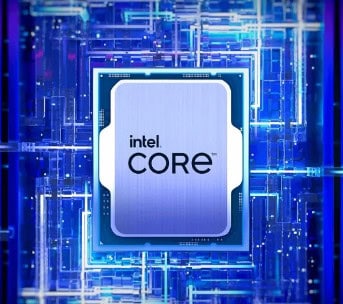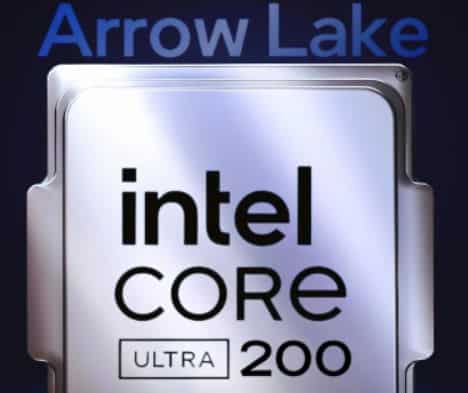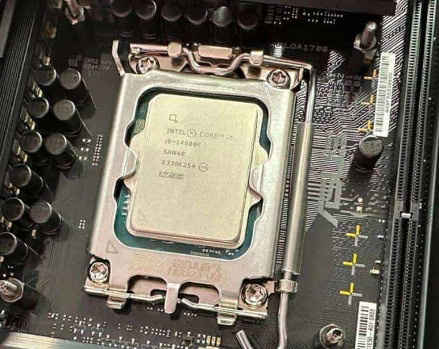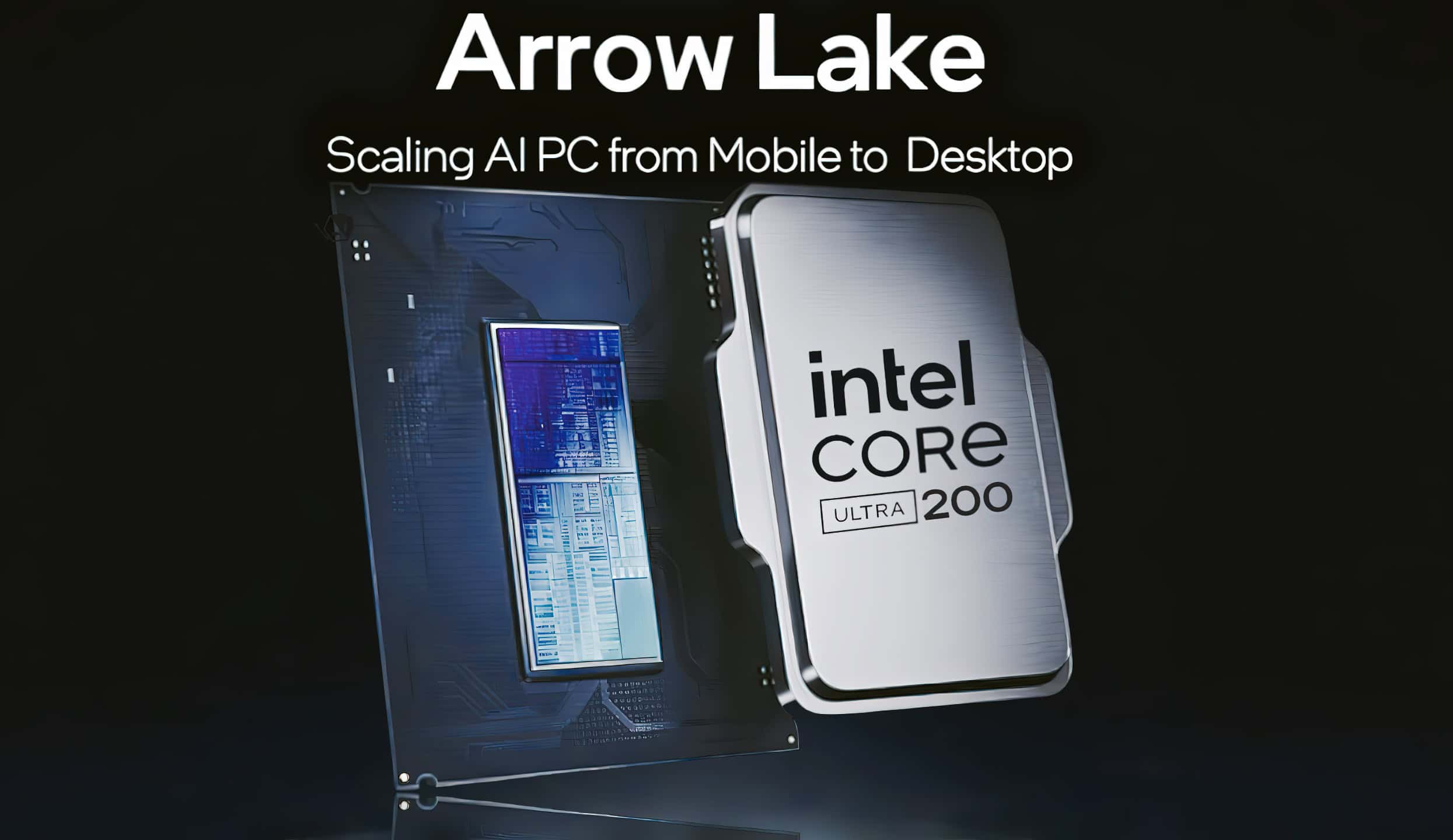Intel will soon introduce its next-gen Arrow Lake “Core Ultra 200” Desktop CPUs and start on Z890-Amazon motherboards on October 17, 2024. The launch was initially slated for October 10, but it’s been rescheduled to provide enthusiasts with a closer look at Intel’s new gear.

More About the Intel Arrow Lake CPUs and Z890 Motherboards
The Arrow Lake-S CPUs, as part of the Core Ultra 200 series, will start with three model numbers: Core Ultra 9 285K, Core Ultra 7 265K, and Core Ultra 5 245K. All processors come in standard parts or ‘F’ form factors that remove integrated graphics. The Xe-LPG (Alchemist) iGPU, new P-Core Lion Cove cores, and Skymont E-Cores will be featured in the latest CPUs. Utilizing TSMC’s advanced N3B process node, production will offer significant performance and efficiency advancements.

We are talking about CPUs with up to 24 cores in the Core Ultra 9 285K model, at speeds of around (similarly TBD) 5.7 GHz or more, and feature up to 36 MB of L3 cache. The first versions will have 4 Xe-LPG graphics cores and a thermal design power (TDP) of 125W (PL1). These CPUs will also be made using a cutting-edge 20A process and it is just as important that they belong to the low-consumption family, consuming around 100 watts less than Intel’s former Raptor Lake series.

To go alongside the new CPUs, Z890 motherboards will be released by motherboard makers such as ASUS, MSI, Gigabyte, ASRock, Biostar, and Colorful. Now, these motherboards will support the new LGA 1851 socket and have native DDR5-6000 memory. There will also be enhancements to I/O and form factor improvements. Going forward, Intel also aims to bring Non-K and a “T” series by CES 2025 adding more SKUs in the chain of 800-series chipsets while enhancing further capabilities on the Arrow Lake platform.
FAQs
When will Intel’s Arrow Lake CPUs and Z890 motherboards be available for purchase?
They will be launched on October 17, 2024.
What are the key features of the Intel Core Ultra 200 CPUs?
They include up to 24 cores, clock speeds up to 5.7 GHz, and improved power efficiency compared to previous generations.







